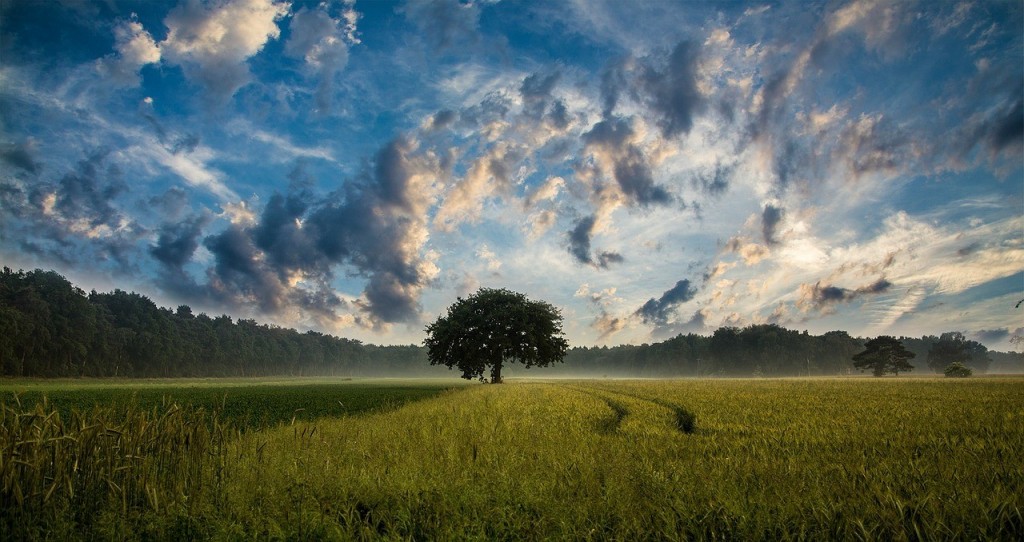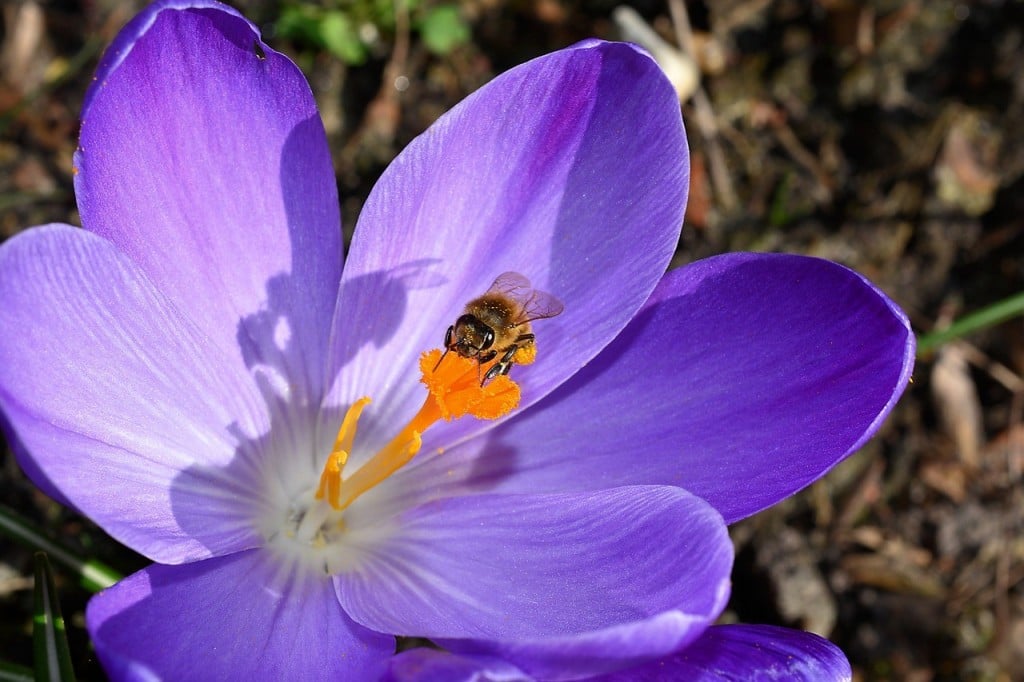
There has been a long standing and increasingly one-sided debate over whether certain pesticides harm both butterfly and bee populations around the world.
Since 1975, UK butterflies have faced long-term decline, with up to 70 per cent of species declining in occurrence, and 57 per cent declining in abundance.
That said however, not all butterfly species have faced decline, with a small minority having increased in distributions.
It is thought the reason behind this might be attributed to climate change, although scientists now fear that this will not continue into the future, with serious and ever-greatening climatic events severely disrupting species’ ability to cope.
With climate change aside however, how do certain pesticides affect butterflies?
The use of neonicotinoids

In November 2015, it was reported by a study that neonicotinoids – a relatively new type of insecticide used over the last 20 years – might be contributing towards the disappearance of a variety of butterfly species within the countryside.
It found that 15 out of 17 species commonly found on farmland, had shown decline alongside an increased use of neonicotinoids. The study, carried out by scientists at both the universities of Sussex and Stirling, used population data gathered from 1985 to 2012 on more than 1,000 sites across the country.
Martin Warren, chief executive of Butterfly Conservation, said that, “the debate up until now has been focused on bees. If neonicotinoids are affecting a lot of other insects, we should be even more worried” and that, “what we really want is more research. It’s crazy that we’re using a potentially dangerous-to-wildlife chemical and nobody has done those studies.”

Although the study could not definitively prove that the pesticides were causing population declines, it was able to note that a greater loss was being felt in England, more than any other country in the UK, where the neonicotinoids are primarily used.
During the summer of last year, the government suspended the ban on two types of neonicotinoids, allowing farmers to use them on crops for a total of 120 days – despite an EU clampdown.
At the time, the ban was described as “scandalous” by opponents and The Guardian uncovered a gagging order imposed on government expert advisors.
An earlier application for the lift by the National Farmers’ Union (NFU) was rejected, but vice president, Guy Smith, said that:
“The NFU has worked relentlessly to submit a robust application and we’re glad to finally see a positive result.”
“However, we know that this isn’t enough – flea beetle threat is a widespread problem on a national scale and the extremely limited nature of this authorisation is unfortunately not going to help the vast majority of farmers in need of the protection.”
Friends of the Earth bees campaigner, De Zylva, had a different opinion, stating that “the NFU’s campaign to undermine the pesticides ban has given an impression of large crop losses nationwide, but this is not supported either by the scientific evidence or harvest figures.”
The figures were not made public due to commercial confidentiality reasons.

Could a reduced use of neonicotinoids improve animal populations?
There has been evidence elsewhere that reduced use of neonicotinoids could lead to improved bee populations.
According to the French National Beekeepers Union (UNAF), honeybee colonies were found to have partially recovered since 2003, with no high summer mortality rates having been reported since neonicotinoid bans were put into place.
The study did not indicate whether this ban affected butterfly populations however.
Do herbicides have an effect on butterfly populations?
Research published in 2012 by scientists at Washington State University found that herbicides also have a role in the decline of the butterfly – especially the Lange’s metalmark butterfly, which relies on a single food source for survival.
The study investigated three commonly used herbicides used in the US; triclopyr, sethoxydim, and imazapyr, which are normally considered to be safe for use, but when larvaes were exposed to the chemicals, adult populations dropped by between 25 and 30 per cent.
Out of the three herbicides mentioned however, only one is currently sold in the UK – triclopyr, found under the trade name of SBK, Shrub and Brushwood Killer.
The herbicide targets broadleaved plants such as nettles and brambles, and is widely used in forestry practices to prevent unwanted growth. It is also considered to be non-toxic to bees, although it has a low toxicity to ducks and other birds.

Other information
Check out our page on how to help butterflies in the UK.










